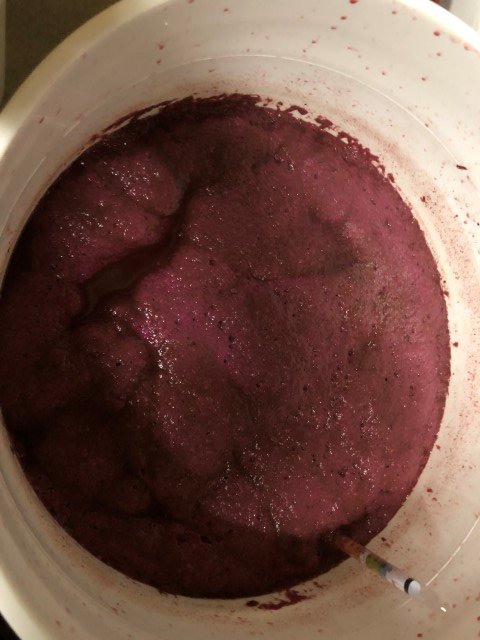silverbullet07
Well-Known Member
I am starting a blackberry wine. Making a 3 gal batch.
I have 16 gal frozen blackberries, I heated 1.5 gal of water and 4 lbs of sugar and poured over the blackberries. let sit for about 5 hours to thaw.
then added the berries to a mesh bag inside primary and mashed and juiced them up good. The juice is at 38f right now.
Should I add Camden tablets now or wait until it warms up? should I add pectic enzyme now or later after it warms up?
I have 16 gal frozen blackberries, I heated 1.5 gal of water and 4 lbs of sugar and poured over the blackberries. let sit for about 5 hours to thaw.
then added the berries to a mesh bag inside primary and mashed and juiced them up good. The juice is at 38f right now.
Should I add Camden tablets now or wait until it warms up? should I add pectic enzyme now or later after it warms up?





